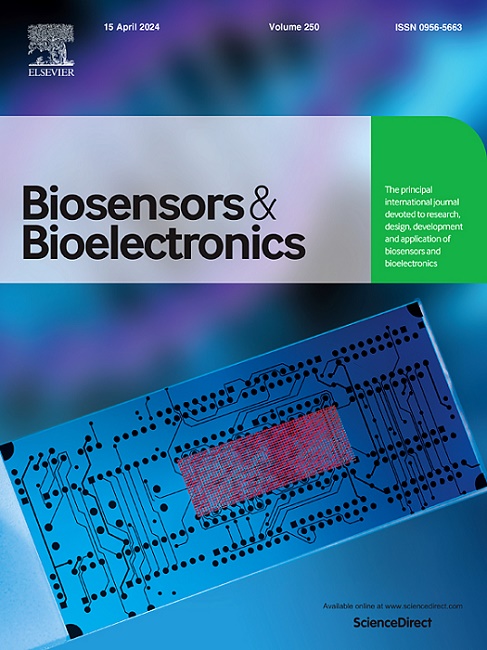Cellular level cryo-neuromodulation using rapid and localized cooling device combined with microelectrode array
IF 10.7
1区 生物学
Q1 BIOPHYSICS
引用次数: 0
Abstract
Cryotherapy, a rapid and effective medical treatment utilizing low temperatures, has not been widely adopted in clinical practice due to a limited understanding of its mechanisms and efficacy. This challenge stems from the absence of methods for fast, precise, and localized spatiotemporal temperature control, as well as the lack of reliable real-time quantitative techniques for measuring and analyzing the effects of cooling. To address these limitations, this study introduces a cryo-neuromodulation platform that integrates a high-speed precision cooling device with a microelectrode array (MEA) system. This platform enables the investigation of cellular-level cryo-modulation of neuronal activity and its effects on surrounding cells, providing a novel framework for advancing research in cryotherapy and neuromodulation. Experiments show that neurons recovered fully within 1 min of cooling with a fast-cooling rate (−20 °C/s at cooling) and that silenced neurons can influence distant cells via a well-organized network. Extended cooling durations (e.g., 10 min) resulted in altered neuronal dynamics, including delayed recovery and reduced burst activity, highlighting the importance of precise control over cooling parameters. This device offers reversible neural control, with potential applications in both research and clinical settings, such as anesthesia, pain management and treatment of neurological disorders like neocortical seizures.
求助全文
约1分钟内获得全文
求助全文
来源期刊

Biosensors and Bioelectronics
工程技术-电化学
CiteScore
20.80
自引率
7.10%
发文量
1006
审稿时长
29 days
期刊介绍:
Biosensors & Bioelectronics, along with its open access companion journal Biosensors & Bioelectronics: X, is the leading international publication in the field of biosensors and bioelectronics. It covers research, design, development, and application of biosensors, which are analytical devices incorporating biological materials with physicochemical transducers. These devices, including sensors, DNA chips, electronic noses, and lab-on-a-chip, produce digital signals proportional to specific analytes. Examples include immunosensors and enzyme-based biosensors, applied in various fields such as medicine, environmental monitoring, and food industry. The journal also focuses on molecular and supramolecular structures for enhancing device performance.
 求助内容:
求助内容: 应助结果提醒方式:
应助结果提醒方式:


